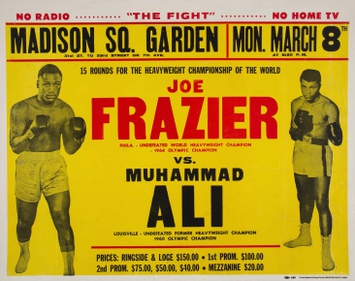View attachment 4846480
The First Sunday Law 321 AD
On March 7, 321, Emperor
Constantine ruled that Sunday, the Day of the Sun, was declared an official day of rest, on which markets were banned and public offices were closed.
The Decree of Constantine was immortalized in the Codex of Justinian:
It was Constantine who decreed in AD 321 that, with an exception for farmers, Sunday was to be a day of rest. "On the venerable Day of the Sun let the magistrates and people residing in cities rest, and let all workshops be closed" (
Codex Justinianus, III.12.2). The resurrection of Christ also was said to have occurred on a Sunday, the day after the Jewish Sabbath (cf. Mark 15:42, 1 Corinthians 15:3). And in AD 386, Theodosius decreed Sunday to be holy (
Codex Theodosianus, II.8.1

. It was a natural association, therefore, to identify the birth of Jesus, the "Sun of righteousness," with that of the Sun itself (cf. Cyprian,
The Lord's Prayer, XXXV, where he is identified as "the true sun").
Dies Solis
The first day of the Roman Calendar was called dies solis, ‘Day of the Sun,’ because it was dedicated to Earth’s closet star. Our Monday is actually Moon Day or dies lunas, dedicated to Earth’s satellite. Each day had its honorary celestial deity. But Sunday was preeminent among the pagan culture and quickly adopted as a safe policy by Christians to avoid further persecution.
“Sunday, the first day of the week, was adopted by the early Christians as a day of worship...no regulations for its observance are laid down in the New Testament, nor indeed, is its observance even enjoined....” (
The Schaff-Herzog Encyclopedia of Religious Knowledge, under the word “Sunday,” Vol.IV, pp.2259-60).
Sol Invictus
In 274 the Roman emperor Aurelian made Sol Invictus "the Unconquered Sun" an official Roman cult.
View attachment 4846474
















